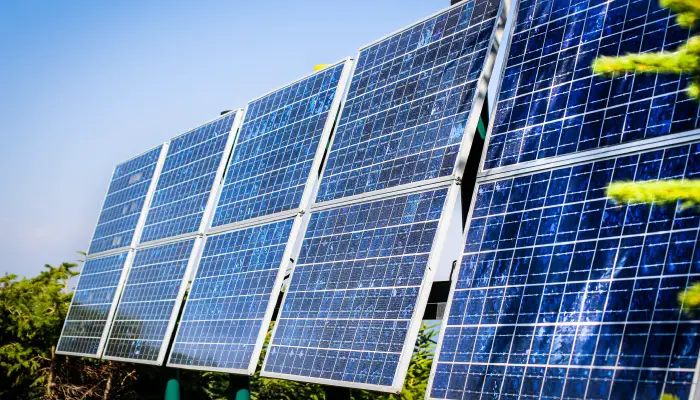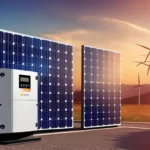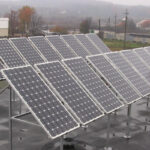You can keep your electronics operating during a blackout with the help of a solar battery, make better use of the solar energy you generate at home, and maybe reduce your monthly electricity costs by doing so. Unlike auto battery, that can only be charged and discharged for a certain amount of time, solar batteries may be charged and discharged hundreds of times before needing to be replaced.
How Do solar batteries work?

Solar batteries are used to store any excess solar energy that is produced by your panels but is not being used at the moment. This energy may then be used at a later time.
Types Of Solar Batteries
When looking for solar batteries for your home solar power system, there are several aspects to consider. Keep in mind the type of battery you’re looking for as well as the results you want from it.
To assist you in selecting the best battery backup for your solar panel system, we’ve broken down the most prevalent energy storage methods.
Lead Acid Solar Batteries
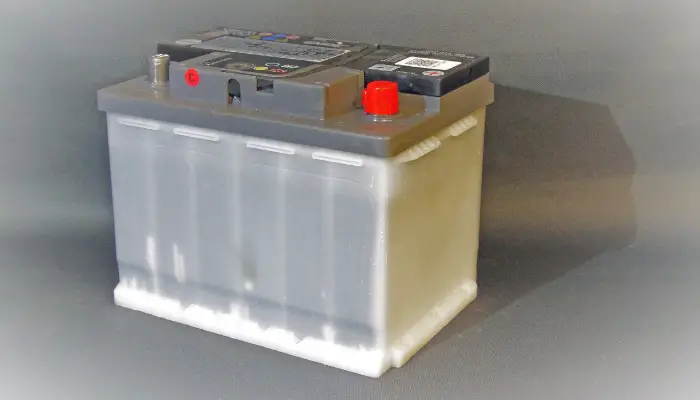
In the world of solar batteries, lead acid batteries are the tried and true technology.
For a long time, deep-cycle batteries have been used to store energy – since the 1800s, in fact. And they’ve been able to stay in business because of their dependability. Flooded lead acid batteries and sealed lead acid batteries are the two main types of lead acid batteries.
Lithium ion Solar Battery
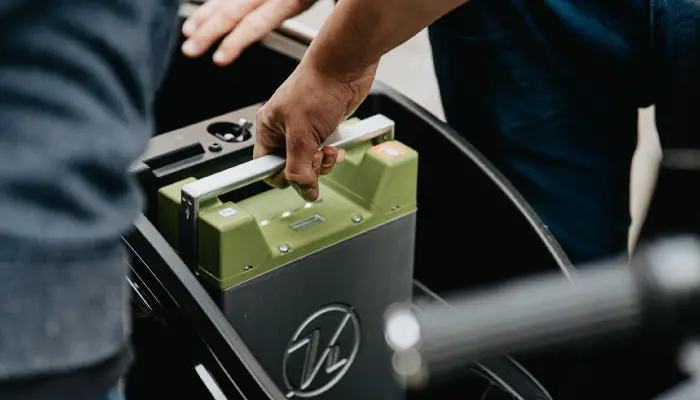
When it comes to energy storage, lithium ion batteries are the new kids on the block.
EV manufacturers realized lithium ion’s potential as an energy storage solution as the popularity of electric vehicles grew. They quickly became one of the most popular solar battery banks on the market.
Lithium ion batteries almost never need to be serviced. They also have a higher battery energy density than lead acid batteries, which means they can store more energy in a smaller space.
Lithium ion batteries have a longer life cycle, or lifespan, and most of them come with a 10-year warranty. This longer battery life is due to lithium ion batteries’ higher depth of discharge, which allows you to use more of the energy stored in the battery before it needs to be recharged.
Nickel Cadmium Solar Batteries
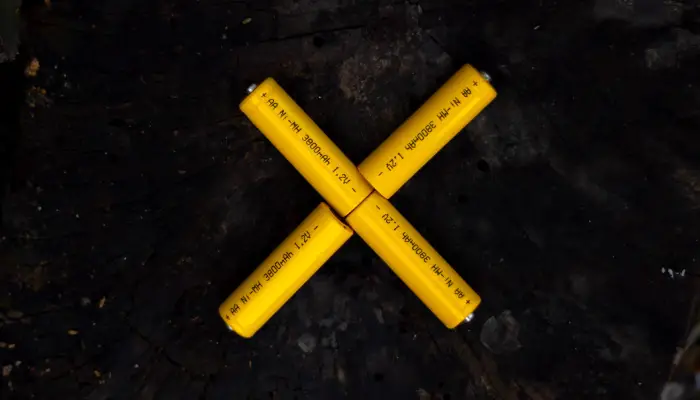
Lead acid and lithium ion batteries are more widely used than nickel cadmium (Ni-Cd) batteries.
Ni-Cd batteries first appeared in the late 1800s, but in the 1980s, they were given a makeover that greatly increased the amount of energy they could store. They’re a popular choice in the aviation industry.
The main advantage of Ni-Cd batteries is their long life. They’re also capable of operating in extreme temperatures. They also don’t necessitate complicated battery management systems and are virtually maintenance-free.
Flow Solar Batteries
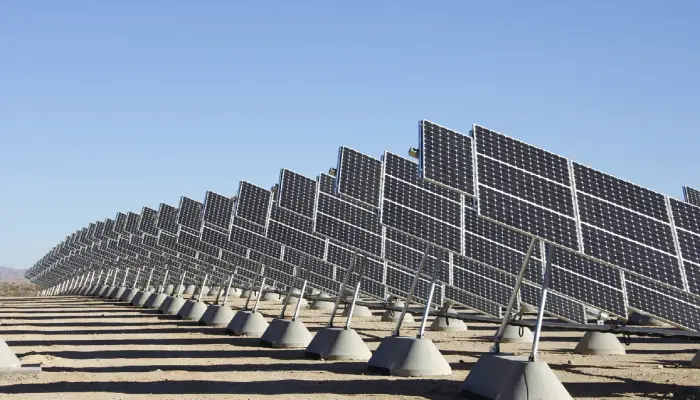
Flow batteries are a relatively new energy storage technology.
Within the battery, a water-based electrolyte liquid flows between two separate chambers, or tanks. When the battery is charged, chemical reactions occur, allowing the energy to be stored and then discharged. These batteries are becoming increasingly popular.
They are more expensive than other battery types due to their larger size. They are difficult to adapt to residential use due to their high price and large size.
Is Solar Panel and Battery Price Worth to spend?

Though hybrid systems using solar panels and batteries are becoming more common, they are still not optimal for all situations.
Cost of solar batteries in 2022?

Factors that determine solar battery cost
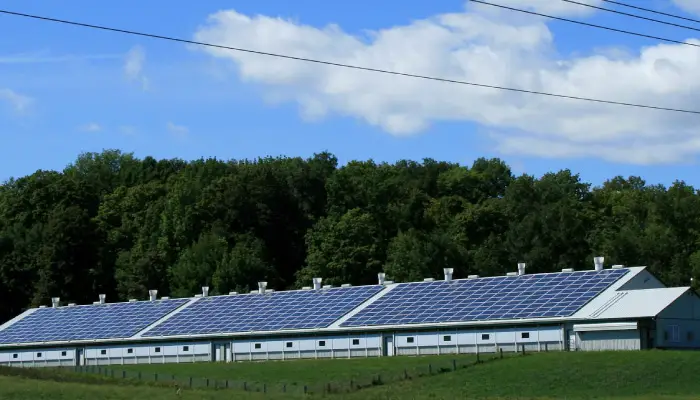
Manufacturer of solar batteries
Just as with any other product, the price of the battery will change depending on the brand you decide to purchase. This is as a result of the fact that many brands offer unique services and make their products using a variety of distinct techniques.
What Solar battery is made of
Although there are many other types of batteries on the market, lithium-ion batteries are used in the majority of home systems.
Nickel manganese cobalt (NMC) and lithium iron phosphate (LIP) are the two main lithium-ion chemistries utilized in solar batteries (LFP). Because NMC batteries, such as the LG Chem RESU, have been around longer, they are slightly less expensive than LFP batteries, such as the Electriq PowerPod 2.
While some households prefer lead-acid batteries to lithium-ion batteries because they are less expensive, lead-acid batteries have a shorter lifespan, smaller capacity, and require more frequent maintenance.
Number of batteries required
This may appear to be self-evident, but the more batteries placed, the more expensive the solar energy storage system becomes. The amount of solar batteries you’ll need is determined by the following factors:
- How many kilowatt-hours do you consume?
- The battery’s storage capacity?
- How many appliances do you intend to run?
- How long do you want to keep your appliances running?
In most circumstances, one to two solar batteries will store enough energy to fulfil your energy needs and give backup power to a few important circuits in the event of a power loss.
Backup load
In most circumstances, solar batteries will not be able to power your entire home.
The vital things will continue to work, such as your lights and refrigerator, but you’ll need to add many batteries to have enough energy to run something like your air conditioner during an outage or if you’re off-grid. In most circumstances, solar batteries will not be able to power your entire home.
The vital things will continue to work, such as your lights and refrigerator, but you’ll need to add many batteries to have enough energy to run something like your air conditioner during an outage or if you’re off-grid.
Because a battery cannot power your entire home, you may need to construct a sub-panel so that only the most vital components of your home are powered by the battery during a power outage. A sub-panel, also known as a backup load panel or a crucial load panel, will add $1,000 – $2,000 to the installation costs.
Cost of labor
The cost of a home solar battery installation is also affected by the amount of labor required to build your battery system.
If the battery is built at the same time as the solar panels, labor costs may be lower because all electrical work and permitting for both the solar system and battery system will be accomplished at the same time.
However, if the battery is added to the solar panel system after the fact, labor may be more expensive since new permissions must be obtained, extra incentive forms must be completed, and some additional electrical work may be required to connect the battery to the existing solar panels.
Various Incentives and rebates
The cost of installing a solar battery can also differ depending on the solar battery incentives available in your location.
The SGIP, or Solar Battery Incentive Program, in California can cover nearly a fifth of the cost of a battery installation. Other states, such as Oregon, have solar battery initiatives that help reduce upfront expenses.
Furthermore, if you qualify for the federal solar tax credit, you can save an additional 26% on the cost of your battery installation if it is charged with solar energy.

